Abiotic means non-living. So, abiotic stresses, in the plant world, are all the non-living factors that negatively impact the plant: temperature, salinity, drought, flooding, metal toxicity, and nutrient deficiency or excess are a few.
These stresses are commonly referred to as environmental stresses. Unfortunately, “[d]uring the decades of industrial revolution, humankind has continuously unbalanced its environment, with massive use of chemical inputs, in order to stimulate crop production (Delitte et.al., 2021).” Add to that the “weather weirdness” that is becoming more and more prevalent, and the need to promote soil health, plant adaptability, and resilience becomes apparent. In fact, environmental stresses account for the highest losses in crop yield (~50%), according to the National Climate Assessment (NCA) – USDA.
Plants have a great deal of adaptability to these conditions. Tapping into the reservoir of benefits that rhizospheric microbes provide may allow the plant to survive and even thrive in what would otherwise be a hostile or deadly environment. “The rhizomicrobiome, as biostimulants, play a pivotal role in stimulating the growth of plants and providing resilience against abiotic stress (Kumar et.al., 2022).”
The roles and benefits provided by these microscopic marvels will be “under the microscope” in the latest episode of the Natural Growing Through Biology podcast.
Delitte, M., Caulier, S., Bragard, C., and Desoignies, N. (2021). Plant microbiota beyond farming practices: a review. Front. Sustain. Food Syst. 5, 1–14. doi: 10.3389/fsufs.2021.624203
Kumar et.al., (2022). Sustainability 2022, 14(23), 15514; https://doi.org/10.3390/su142315514
